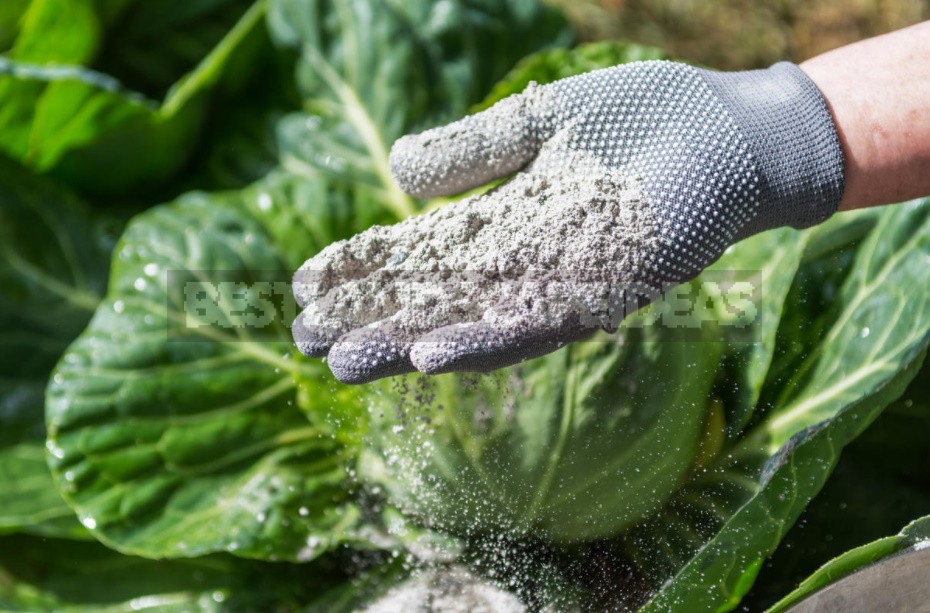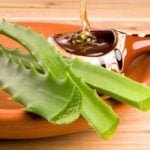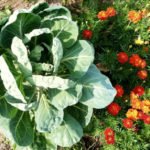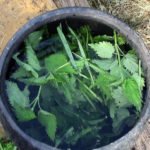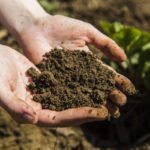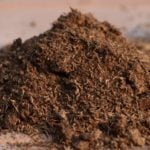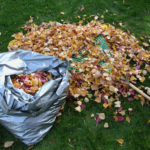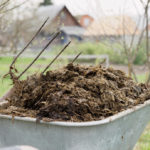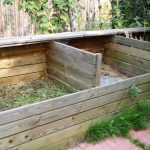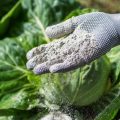Calcium carbonates and silicates
The plant needs calcium just as much as we do to create strong cell walls. Calcium is especially important for “burdock” garden crops, such as pumpkins, zucchini, cucumbers. It also affects the acid-base balance of the cell solution. Its presence in the soil protects plants from fungal diseases.

CaCO₃ is used for deoxidation of soils. But, given the required amount of this material during liming and the content of calcium carbonate in the ash (200 g per 1 kg), it is not necessary to count only on ash during deoxidation: by gaining the necessary amount of CaCO₃, you can overdose other substances.
Silicon
The role of silicon for plant physiology was not considered important until recently. However, recent studies indicate that it is time to add this element to the textbook trinity: nitrogen, phosphorus, potassium.
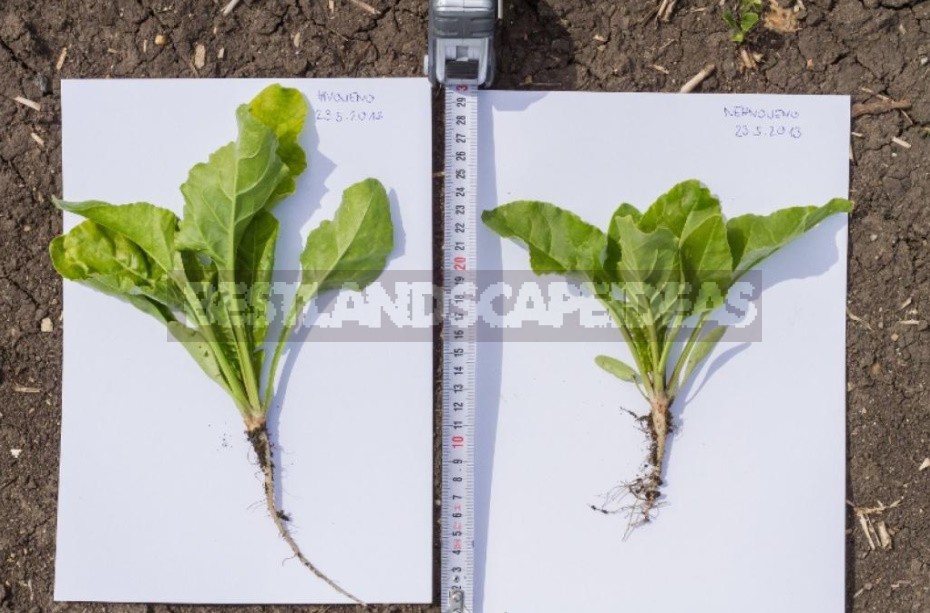
Silicon deficiency has no pronounced manifestations. But the presence of this element in a form accessible to plants activates all processes. Our green pets are becoming “faster, taller, stronger”. And also-tastier and healthier. In addition, silicon makes plants more resistant to all types of stress from drought to pests and diseases. Unfortunately, despite the fact that this element is quite common, it is mainly found in the soil in a form inaccessible to plants. But there is a suitable configuration in the ash. And there is especially a lot of it in the residue from the burning of coal, which is usually strictly forbidden to use.
Magnesium
Magnesium is present in the ash composition in a less significant volume — only about 3% of the total amount of substances. In the vital activity of plants, magnesium is needed to regulate various enzymatic processes, it participates in the formation of chlorophyll, in its presence, the absorption of phosphorus by the plant improves.
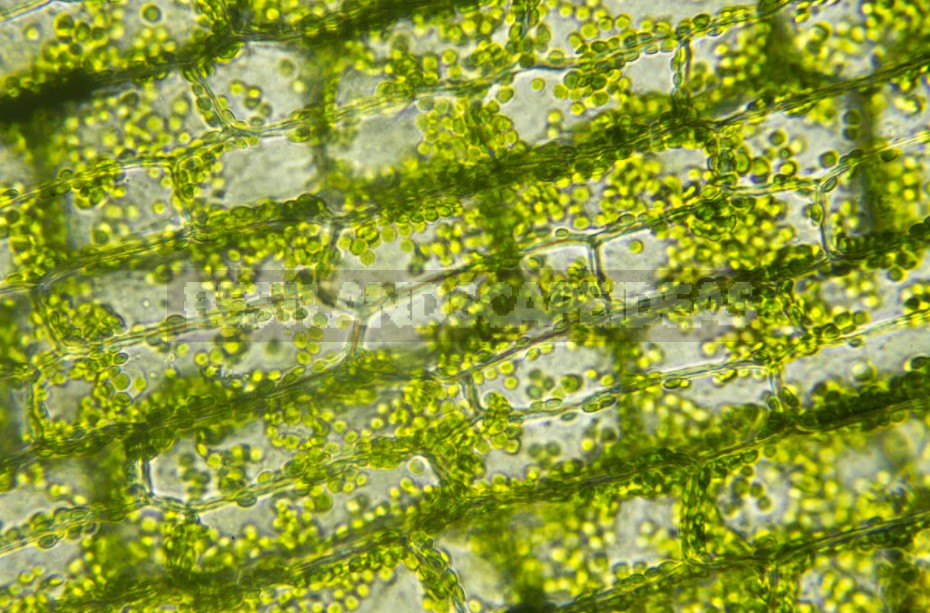
Of course, there is no exact chemical formula for ash: its composition is variable. An important factor is the method of burning: the better the firewood has burned out (there are fewer remaining embers), the more trace elements will be in an accessible form for plants. In addition, dangerous carcinogenic substances — benzopyrenes-can remain in unburned parts. That is why it is recommended to sift the ash before use.
Use of ash
Given the unique composition of ash, it can be usefully used in the suburban area. Let’s consider the options.
For plant protection
Ash as a mechanical barrier is used to control small pests. For example, powdering the leaves of plants of the Brassicaceae family can protect them from flea attacks. Some summer residents claim that dry ash scattered on the ground helps against slugs, it is uncomfortable for them to crawl on it.
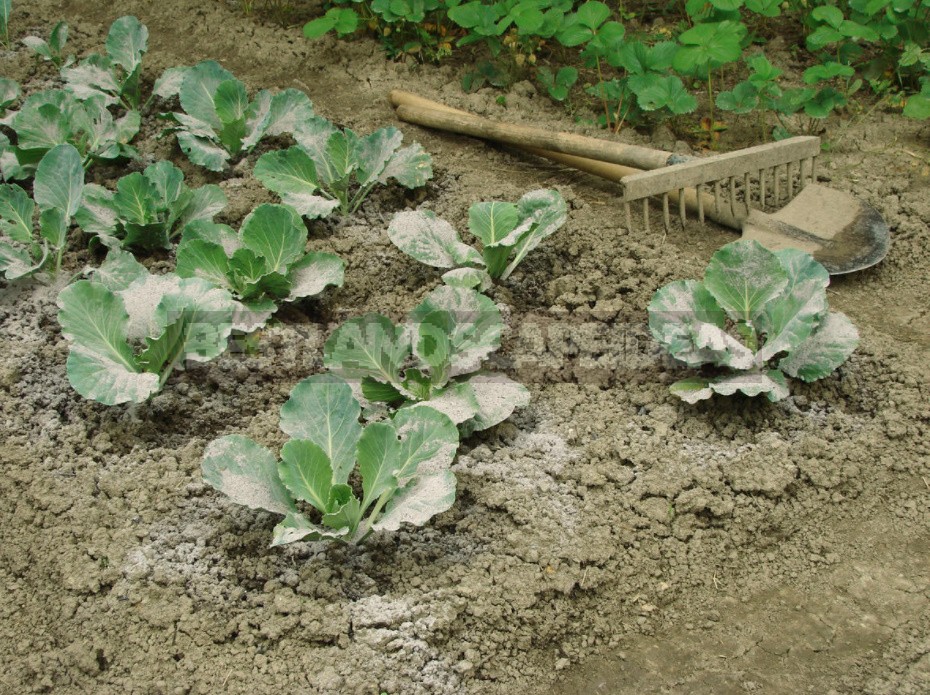
Ash is well used for disinfection, powdering fresh slices when dividing the rhizomes of perennial plants, cutting seed potatoes. Ash improves the structure of the soil and the composition of its microlife, inhibiting pathogens.
In the country toilet
If you have an excess of ash, it can be used in a summer cottage toilet-again for disinfection and elimination of unpleasant odors. However, there is one important point. If you use special bacteria to accelerate the decomposition of organic matter in the country restroom, then you can no longer pour ash there. Also, it is not necessary to add it to the compost, as it can slow down the processes taking place there.
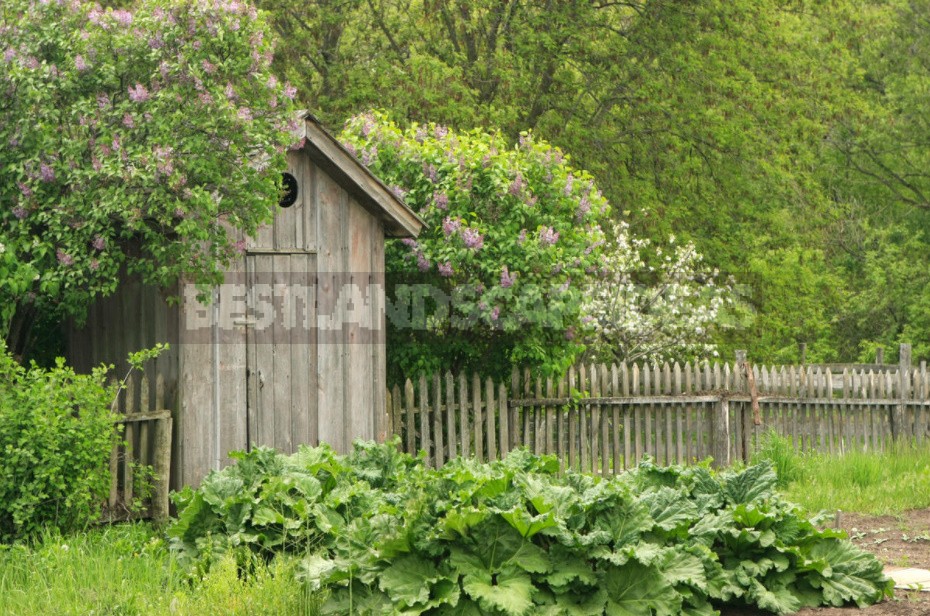
Fertilization
As a fertilizer, ash can be used in dry form and in the form of an ash solution. As a rule, dry is used on soils that have an acidic reaction. Approximately 0.5 kg of ash per 1 m² is taken for digging. For top dressing, it is better to use an ash solution: take 1 cup of ash (200 ml) and 200 ml of 9% vinegar for 10 liters, stir and let stand. Why vinegar is needed in the solution, we will consider a little below.
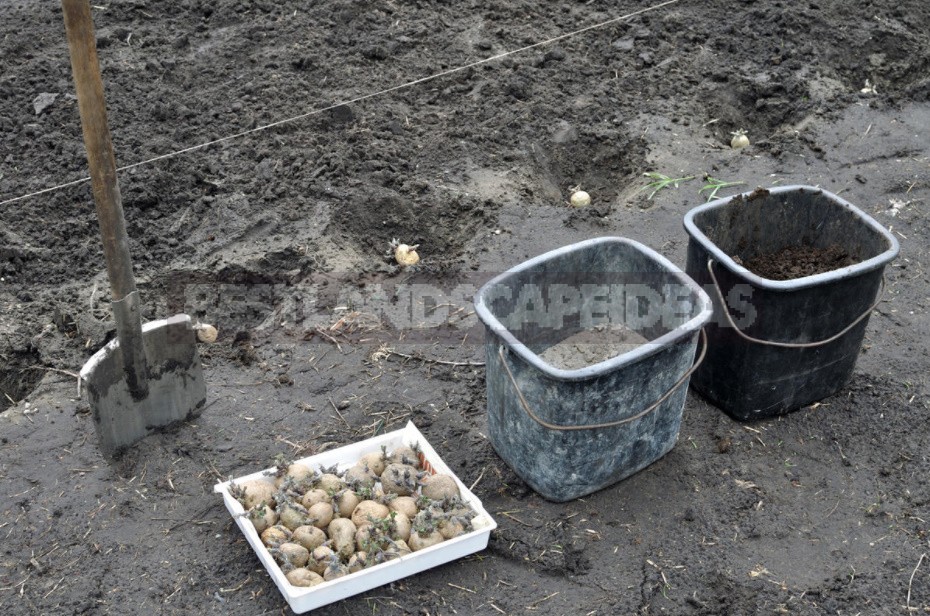
Ash storage
It is better to use fresh ash — or in every possible way to protect it from contact with moist air. The fact is that when the calcium compound in the wood burns out, it turns into quicklime. When the ash cools down and begins to absorb moisture from the air, quicklime turns into slaked lime. During further storage with air access, it is converted into chalk, insoluble in water, that is, calcium passes into a form inaccessible to plants. Therefore, in order to preserve all the benefits of ash, it must either be applied immediately or contained in an airtight container.
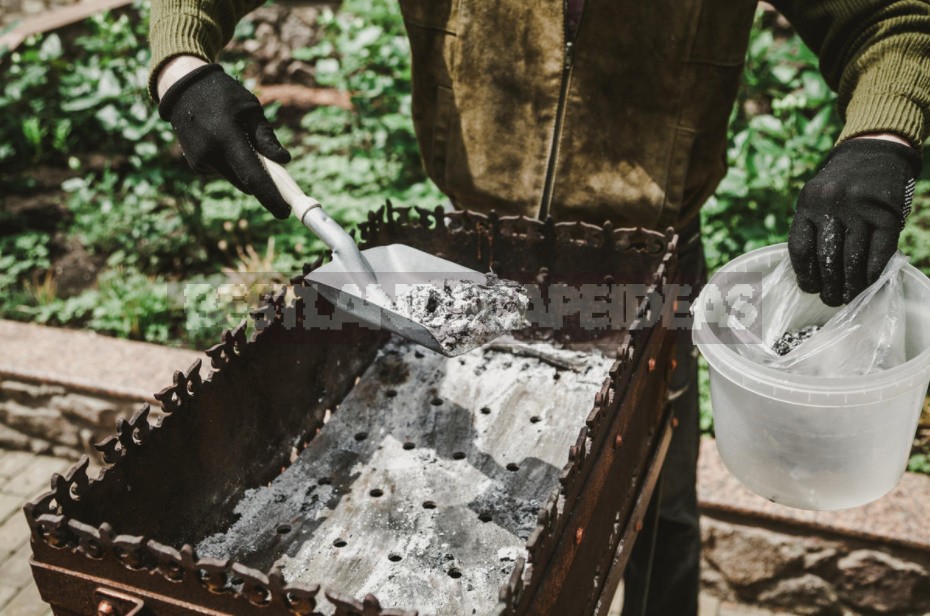
Application rules
1. When preparing the ash solution, it is necessary to add vinegar. Vinegar is an acid, it is needed in order for the formed calcium, which is poorly soluble in water, to pass into a form assimilated by plants. When adding ash (especially lying in the air) to acidified water, bubbles appear: the reaction of converting slaked lime into calcium acetate, water and carbon dioxide occurs. The resulting calcium compound is much better absorbed by plants. If you take fresh ash, you may not see any bubbles at all, and the longer the ash was stored, the more violent the reaction will be.
2. It is impossible to use ash as a source of phosphorus and potassium together with mineral fertilizers containing nitrogen and phosphorus. Because when ammonium salts (ammonium sulfate, ammonium nitrate) interact with alkali in fertilizers such as ammonium nitrate, ammophos, nitrophosky, nitrogen evaporates: a reaction occurs with the release of ammonia and water. For the same reason, it is not necessary to mix ash and organic fertilizers such as manure, chicken manure solution. In addition, the effect of organic fertilizers, in addition to the introduction of nutrients, is based on the vital activity of microorganisms, which to some extent will be suppressed by the substances contained in the ash.
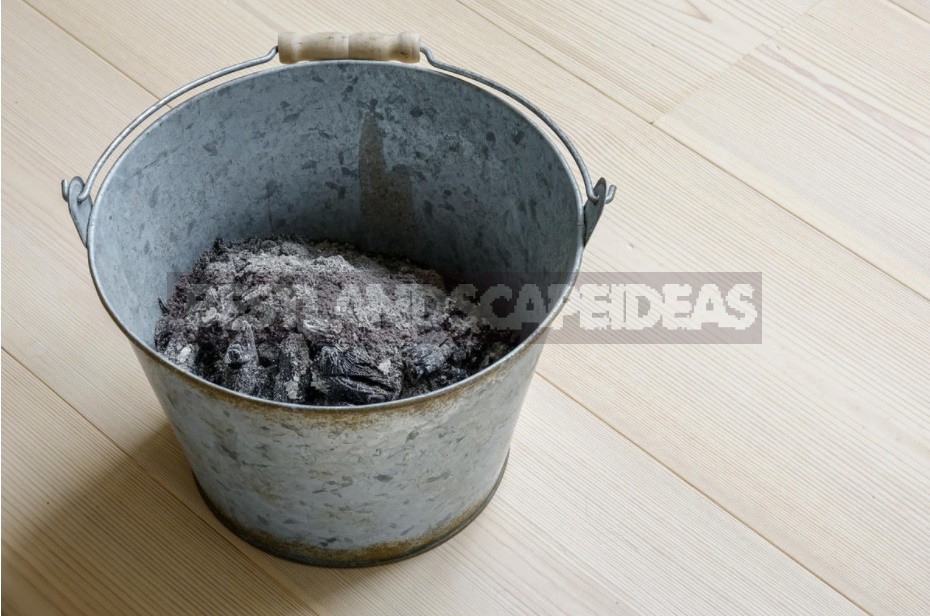
Water-soluble phosphorus fertilizers (for example, superphosphate), when interacting with lime contained in ash, turn into insoluble calcium phosphate, and the absorption of phosphorus by plants decreases. Therefore, it is recommended to spread the application of ash and nitrogen and phosphorus fertilizers by time. If you still really want to mix it — for example, when it is not possible to apply various fertilizers at different times — the issue of available phosphorus and ammonia that has not flown into the atmosphere can be solved again by adding vinegar to the ash, the acid neutralizes the effect of alkali. However, it will be much more useful if everything is done in order, and the ash is used fresh.
Ash is primarily a perfectly balanced mineral fertilizer, in which the percentage of the main components reflects the needs of the plant. But you can also use this natural product for other purposes that are relevant for the dacha economy. And how do you store and use the ash?
